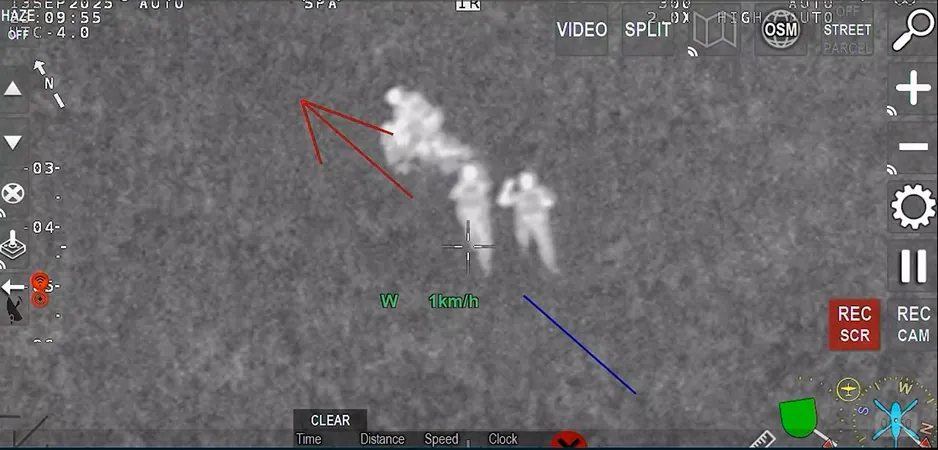
Solar Flares Reach Scorching 108 Million Degrees: A Serious Threat to Satellites and Astronauts!
2025-09-15
Author: Jacques
The Fiery Discovery: Solar Flares Hit an Astonishing Heat!
A groundbreaking study has unveiled that solar flares can soar to a jaw-dropping temperature of 108 million degrees Fahrenheit! That's nearly six times hotter than earlier estimates and completely transforms our understanding of these cosmic events. This revelation not only addresses a decades-old mystery regarding spectral lines in flare light but also alarms scientists about the potential risks to satellites and astronauts.
Decoding the Sun's Fury: What's Really Happening?
Solar flares are massive explosions that release intense radiation and energetic particles into space. Previously, scientists believed these fiery events heated particles to about 18 million degrees Fahrenheit. However, researchers from the University of St. Andrews, led by Alexander Russell, have discovered that while electrons may only heat up to around 27 million degrees Fahrenheit, ions are reaching sky-high temps of over 108 million degrees. This stark contrast in heating challenges what we thought we knew about solar plasma behavior during these spectacular eruptions.
Solving a Long-Standing Mystery: The Broadened Spectral Lines!
One of the study’s most vital findings tackles the mystery behind the unusually broadened spectral lines that have baffled solar physicists for years. These spectral 'fingerprints' indicate temperatures and behaviors of solar elements. The new study suggests that superheated ions move rapidly, resulting in smeared-out spectral lines. This means ions can maintain extreme temperatures long enough to create these unexpected observations, providing scientists with a clearer picture of flare dynamics.
Implications for Space Weather Forecasting: A Game Changer!
The implications of this discovery are monumental for space weather prediction—an essential aspect of modern technology and exploration. Current models often assume uniform temperatures for all particles in a flare, potentially leading to underestimations of energy levels. By adopting a more complex multi-temperature approach, forecasters could deliver more reliable warnings, benefiting satellite operators, airlines, and astronauts from hazardous solar storms.
Risks to Technology and Human Safety: The Stakes are High!
Solar flares are more than just fascinating cosmic phenomena—they pose significant risks. The radiation bursts can wreak havoc on satellites, disrupt GPS and communication systems, and even endanger astronaut health. Gaining a better grasp of flare temperatures will be vital for space agencies seeking to fortify defenses against these threats. Future missions, including NASA's Artemis program, may directly measure ion temperatures during flare events, reshaping protective strategies for both technology and human explorers.
A Turning Point in Solar Research!
By confirming that solar flares can achieve unprecedented temperatures, this study marks a turning point for solar research. It not only solves a long-standing observational conundrum but also lays the groundwork to better safeguard our satellites, astronauts, and technology-reliant world from the Sun's fierce outbursts. The Sun is indeed far more extreme than we ever dared to imagine!









 Brasil (PT)
Brasil (PT)
 Canada (EN)
Canada (EN)
 Chile (ES)
Chile (ES)
 Česko (CS)
Česko (CS)
 대한민국 (KO)
대한민국 (KO)
 España (ES)
España (ES)
 France (FR)
France (FR)
 Hong Kong (EN)
Hong Kong (EN)
 Italia (IT)
Italia (IT)
 日本 (JA)
日本 (JA)
 Magyarország (HU)
Magyarország (HU)
 Norge (NO)
Norge (NO)
 Polska (PL)
Polska (PL)
 Schweiz (DE)
Schweiz (DE)
 Singapore (EN)
Singapore (EN)
 Sverige (SV)
Sverige (SV)
 Suomi (FI)
Suomi (FI)
 Türkiye (TR)
Türkiye (TR)
 الإمارات العربية المتحدة (AR)
الإمارات العربية المتحدة (AR)